1. Nelson M, Atkinson M, Darbyshire S. Food photography II: use of food photographs for estimating portion size and the nutrient content of meals. Br J Nutr. 1996; 76:31–49. PMID:
8774215.

2. Nelson M, Atkinson M, Darbyshire S. Food photography. I: the perception of food portion size from photographs. Br J Nutr. 1994; 72:649–663. PMID:
7826990.

3. Lucas F, Niravong M, Villeminot S, Kaaks R, Clavel-Chapelon F. Estimation of food portion size using photographs: validity, strengths, weaknesses and recommendations. J Hum Nutr Diet. 1995; 8:65–74.

4. Cypel YS, Guenther PM, Petot GJ. Validity of portion-size measurement aids: a review. J Am Diet Assoc. 1997; 97:289–292. PMID:
9060946.
5. Robson PJ, Livingstone MB. An evaluation of food photographs as a tool for quantifying food and nutrient intakes. Public Health Nutr. 2000; 3:183–192. PMID:
10948385.

6. Matheson DM, Hanson KA, McDonald TE, Robinson TN. Validity of children's food portion estimates: a comparison of 2 measurement aids. Arch Pediatr Adolesc Med. 2002; 156:867–871. PMID:
12197792.
7. de Vlieger NM, Weltert M, Molenaar A, McCaffrey TA, Rollo ME, Truby H, Livingstone B, Kirkpatrick SI, Boushey CJ, Kerr DA, Collins CE, Bucher T. A systematic review of recall errors associated with portion size estimation aids in children. Appetite. 2020; 147:104522. PMID:
31751634.

8. Ministry of Health and Welfare, Korea Centers for Disease Control and Prevention. Korea Health Statistics 2018: Korea National Health and Nutrition Examination Survey (KNHANES VII-3) [Internet]. Cheongju: Korea Centers for Disease Control and Prevention;2019. cited 2019 March 6. Available from:
https://knhanes.cdc.go.kr/knhanes/main.do.
9. Ministry of Health and Welfare, Korea Centers for Disease Control and Prevention. Guideline for Nutrition Survey in 6th Korea National Health and Nutrition Examination Survey. Cheongju: Korea Centers for Disease Control and Prevention;2015.
10. Godwin S, McGuire B, Chambers E 4th, McDowell M, Cleveland L, Edwards-Perry E, Ingwersen L. Evaluation of portion size estimation aids used for meat in dietary surveys. Nutr Res. 2001; 21:1217–1233.

11. Godwin S, Chambers E 4th, Cleveland L, Ingwersen L. A new portion size estimation aid for wedge-shaped foods. J Am Diet Assoc. 2006; 106:1246–1250. PMID:
16863721.

12. McGuire B, Chambers E 4th, Godwin S, Brenner S. Size categories most effective for estimating portion size of muffins. J Am Diet Assoc. 2001; 101:470–472. PMID:
11320957.

13. Venter CS, MacIntyre UE, Vorster HH. The development and testing of a food portion photograph book for use in an African population. J Hum Nutr Diet. 2000; 13:205–218. PMID:
12383127.

14. Turconi G, Guarcello M, Berzolari FG, Carolei A, Bazzano R, Roggi C. An evaluation of a colour food photography atlas as a tool for quantifying food portion size in epidemiological dietary surveys. Eur J Clin Nutr. 2005; 59:923–931. PMID:
15928683.

15. Bernal-Orozco MF, Vizmanos-Lamotte B, Rodríguez-Rocha NP, Macedo-Ojeda G, Orozco-Valerio M, Rovillé-Sausse F, León-Estrada S, Márquez-Sandoval F, Fernández-Ballart JD. Validation of a Mexican food photograph album as a tool to visually estimate food amounts in adolescents. Br J Nutr. 2013; 109:944–952. PMID:
23021307.

16. Thoradeniya T, de Silva A, Arambepola C, Atukorala S, Lanerolle P. Portion size estimation aids for Asian foods. J Hum Nutr Diet. 2012; 25:497–504. PMID:
22500981.

17. Almiron-Roig E, Aitken A, Galloway C, Ellahi B. Dietary assessment in minority ethnic groups: a systematic review of instruments for portion-size estimation in the United Kingdom. Nutr Rev. 2017; 75:188–213. PMID:
28340101.

18. Yuhas JA, Bolland JE, Bolland TW. The impact of training, food type, gender, and container size on the estimation of food portion sizes. J Am Diet Assoc. 1989; 89:1473–1477. PMID:
2794306.
19. Slawson DL, Eck LH. Intense practice enhances accuracy of portion size estimation of amorphous foods. J Am Diet Assoc. 1997; 97:295–297. PMID:
9060948.

20. Ovaskainen ML, Paturi M, Reinivuo H, Hannila ML, Sinkko H, Lehtisalo J, Pynnönen-Polari O, Männistö S. Accuracy in the estimation of food servings against the portions in food photographs. Eur J Clin Nutr. 2008; 62:674–681. PMID:
17440523.

21. Young LR, Nestle MS. Portion sizes in dietary assessment: issues and policy implications. Nutr Rev. 1995; 53:149–158. PMID:
7478309.

22. Hwang IK, Kim MR, Song HN, Moon BK, Lee SM, Seo HS. Food Quality Management and Sensory Evaluation. Paju: Kyomunsa;2014. p. 147–175.
23. Chambers E 4th, Godwin SL, Vecchio FA. Cognitive strategies for reporting portion sizes using dietary recall procedures. J Am Diet Assoc. 2000; 100:891–897. PMID:
10955046.
24. Meilgaard MC, Civille GV, Carr BT. Sensory Evaluation Techniques. Boca Raton (FL): CRC Press;2007. p. 435.
25. Ministry of Health and Welfare, Korea Centers for Disease Control and Prevention. Korea Health Statistics 2016: Korea National Health and Nutrition Examination Survey (KNHANES VII-1). Cheongju: Korea Centers for Disease Control and Prevention;2017. p. 169.
26. Nelson M, Haraldsdóttir J. Food photographs: practical guidelines I. Design and analysis of studies to validate portion size estimates. Public Health Nutr. 1998; 1:219–230. PMID:
10933422.




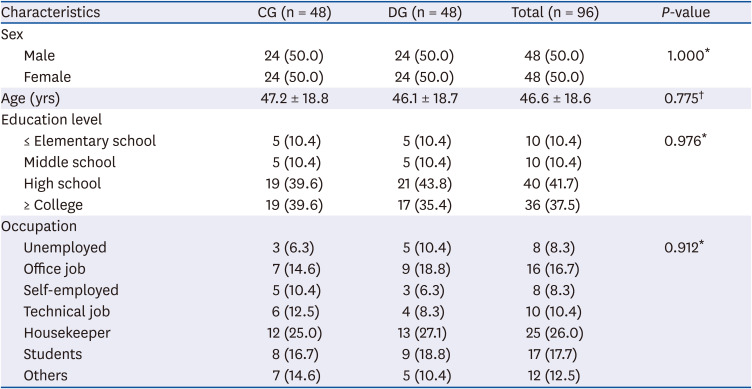

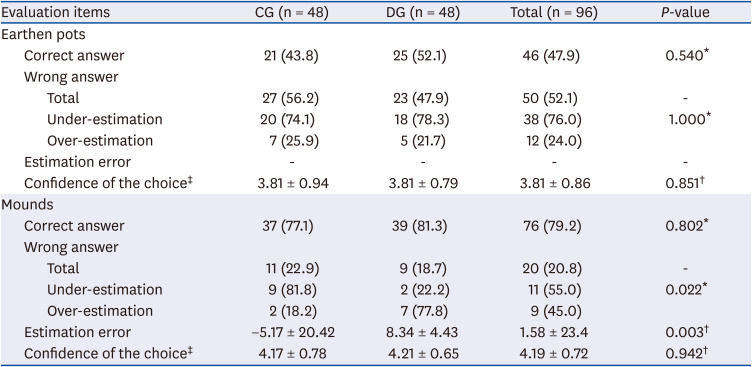
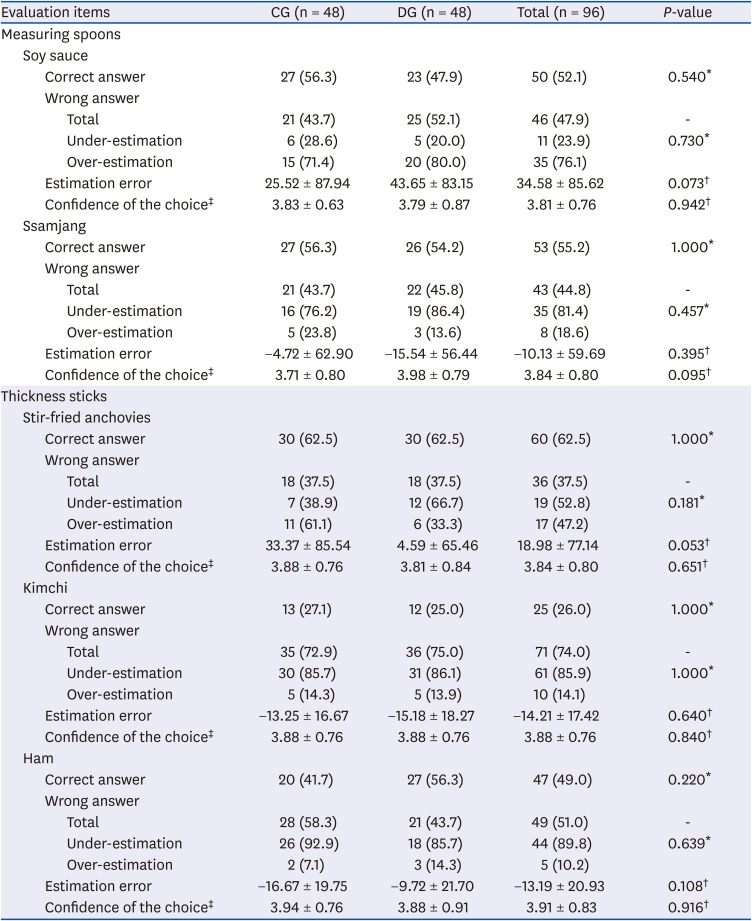




 PDF
PDF Citation
Citation Print
Print



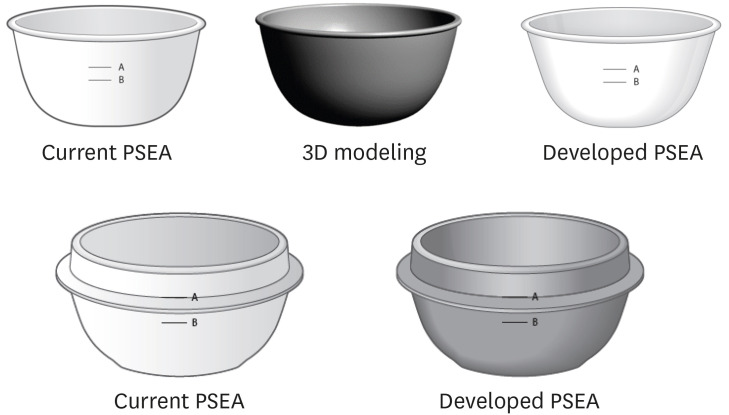
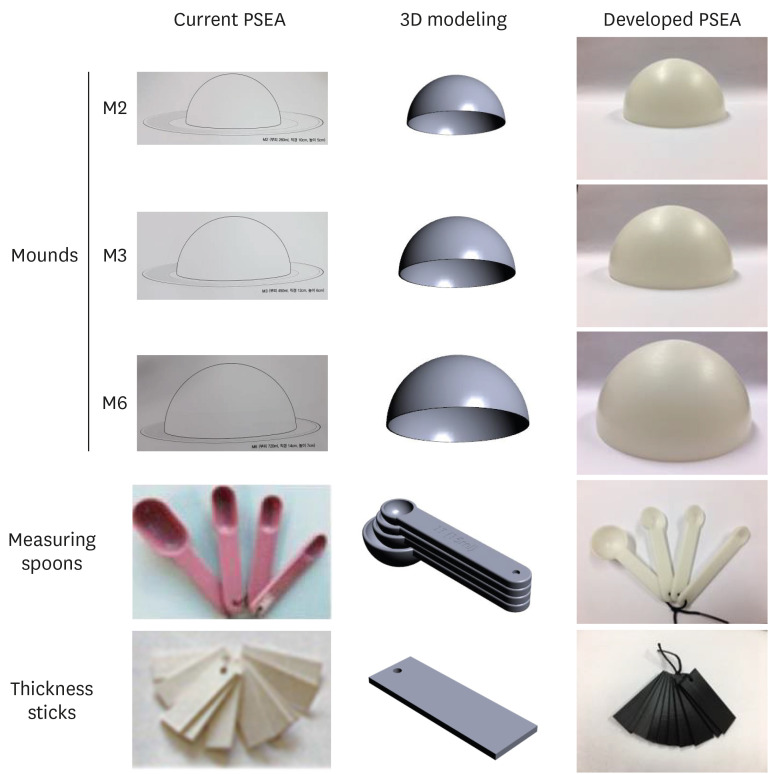
 XML Download
XML Download